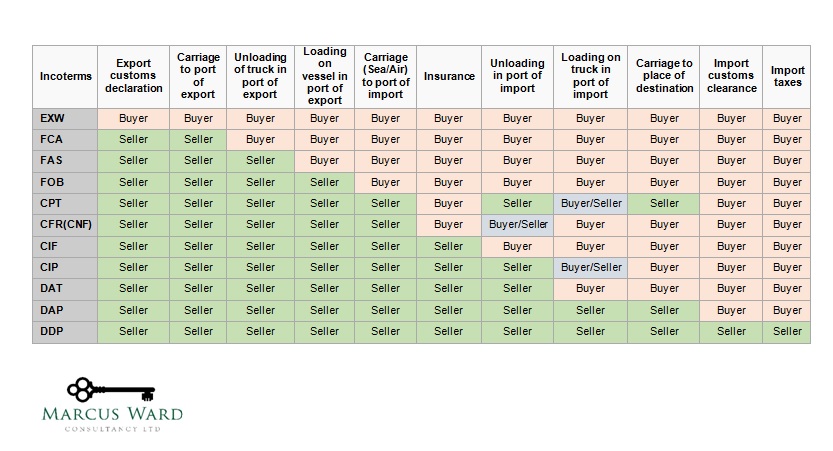The term “split payment” is increasingly cropping up in conversations and in the media, so I thought it would be a good time to look at the concept.
Split payments, sometimes called real-time extraction, uses card payment technology to collect VAT on online sales and transfer it directly to HMRC rather than the seller collecting it from the buyer along with the payment for the supply, and then declaring it to HMRC on a return in the usual way.
Clearly, HMRC is very keen to introduce such a system, but there are significant hurdles, the biggest being the complexity for online sellers, payment processors, input tax systems, agents, advisers and HMRC itself.
Where are we on split payments?
At the end of the year HMRC published a Prior Information Notice (PIN) and associated Request for Information (RFI), seeking views on the outline requirements and proposed procurement process split payments. This should, inter alia, assist HMRC in:
- identifying where it is intended that the purchased goods or services are to be delivered and/or consumed
- the possibility to apply a split only above or below a certain value threshold
- the feasibility for the splitting mechanism to calculate a composite VAT total across a mixed basket of goods and/ or services, each potentially with a different rate of VAT.
This builds on previous information gathering/consultations/discussions carried out a number of years ago.
Background
The expansion of the online shopping market has brought unprecedented levels of transactions. The results of digitalisation have also brought challenges for tax systems. Jurisdictions all over the world are currently grappling with the question of how to prevent large VAT losses, which can arise from cross-border online sales. This happens when consumers buy goods from outside their jurisdiction from sellers who, through fraud or ignorance, do not comply with their tax obligations. It is costing the UK tax authorities an estimated £1 billion to £1.5 billion (figures for 2015-16) a year. The UK government believes that intercepting VAT through intermediaries in the payment cycle, split payment potentially offers a powerful means of enforcing VAT compliance on sellers who are outside the UK’s jurisdiction.
Fraud
The fraud carried out by online sellers is not particularly sophisticated but is difficult to combat. Simply, sellers either use a fake VAT number to collect VAT without declaring it, or even more basically, collect the VAT and disappear.
Proposed spilt payment methods
The way in which payments are split represent difficult technical VAT issues, particularly when sales are at different VAT rates. The three proposals are:
- Standard rate split. This assumes that all sales are liable to the standard rate VAT and does not recognise any input tax deduction. Extraction of 20% of tax, regardless of the actual liability (potentially, 5%, or zero) appears unfair and would be very difficult to impose. Cashflow would be negatively affected too.
- Flat Rate Scheme (FRS). This is a proposal by HMRC to insist that online sellers overseas to use the FRS using a specific new rate for this purpose. The FRS threshold of £150,000 pa could be increased for overseas businesses, but this would potentially give overseas sellers an advantage over UK businesses, so politically, if nothing else, would prove to be a hard sell.
- Net effective rate. This would mean an overseas business calculating its own exact net effective rate, based on its outputs and inputs from the previous year’s transactions (similar to TOMS).
- Composite rate. A composite VAT total across a mixed range of goods or services, each potentially with a different rate of VAT. The mechanism for carrying this calculation out is unclear.
There may be more proposals forthcoming, but none of the above proposals appear reasonable and the complexity they would bring would seem to rule them out as matters stand – although this has not previously stopped HMRC introducing certain measures and the obvious benefits to the authorities cannot be ignored.
Overall
The technology for split payments currently exists and is being used in some Latin American countries (and Poland). The concept is part of a larger movement towards real-time taxation and MTD. Our view is that split payments are coming, but we do not know in which form or when.

